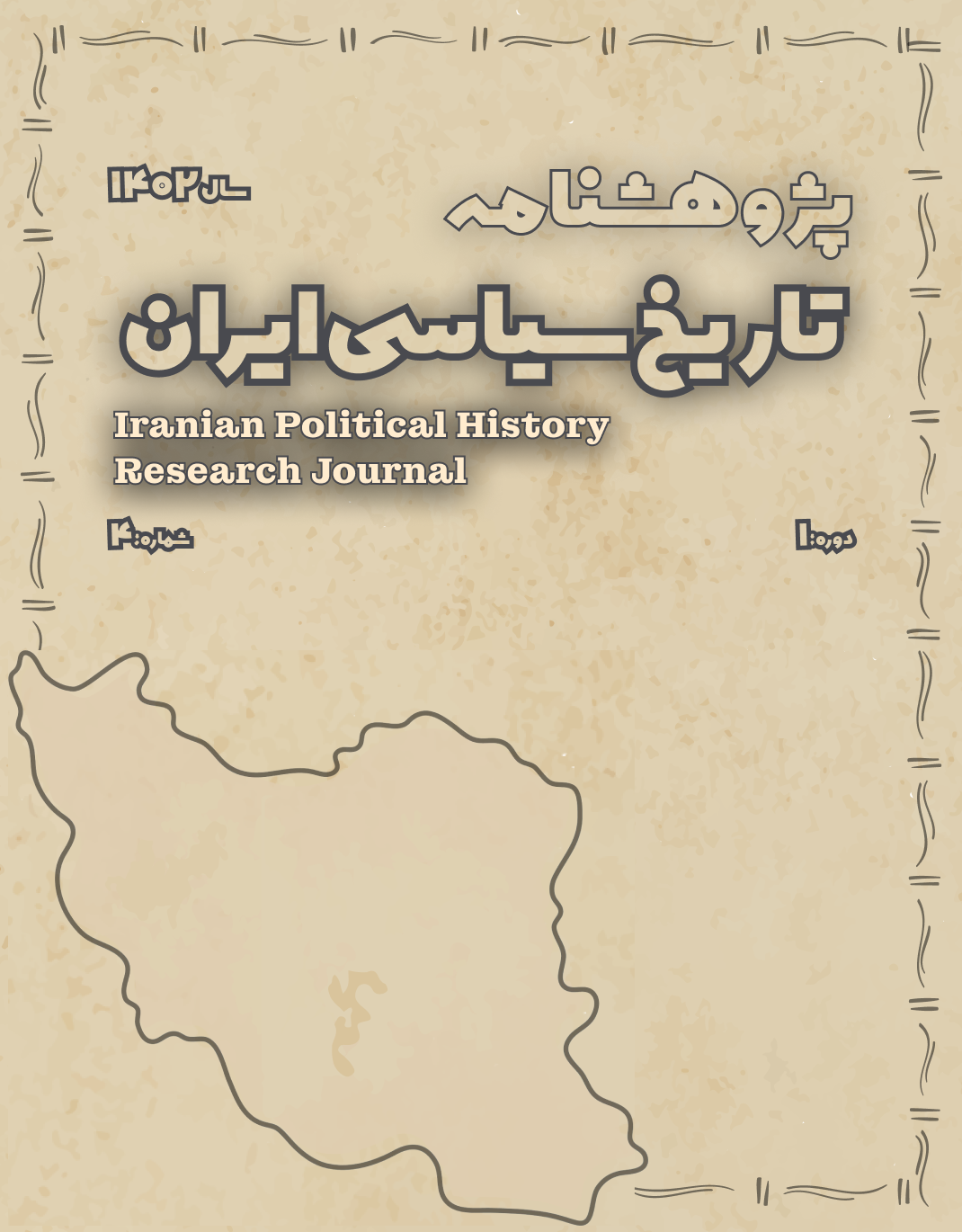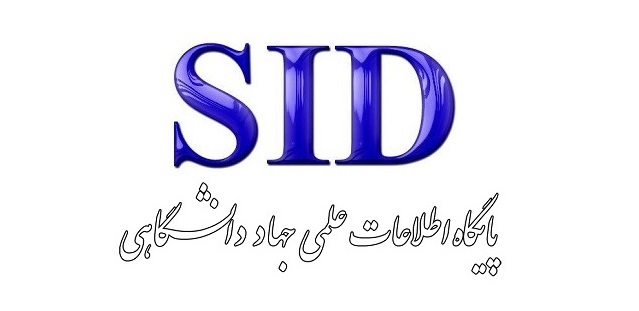بررسی سیاستهای نظامی تیمور لنگ در گسترش قدرت منطقهای ایران
کلمات کلیدی:
تیمور لنگ, سیاست نظامی, قدرت منطقهای, مشروعیت سیاسی, تاریخ تیموری, ایران قرون میانهچکیده
این مقاله به بررسی سیاستهای نظامی تیمور لنگ و نقش آنها در گسترش قدرت منطقهای ایران در قرون هشتم و نهم هجری میپردازد. پژوهش حاضر با رویکرد تحلیلی ـ تاریخی و با اتکا به منابع اولیه چون «ظفرنامه» و تحقیقات جدید در حوزه تاریخ تیموری، نشان میدهد که موفقیت تیمور نه تنها به دلیل تواناییهای نظامی، بلکه به دلیل تلفیق هوشمندانه قدرت سخت با ابزارهای مشروعیتبخش دینی و فرهنگی بود. تیمور با سازماندهی ارتشی منسجم، بهرهگیری از فناوریهای مهندسی جنگ، اعمال دیسیپلین نظامی شدید و استفاده از روانشناسی جنگ توانست دولتهای محلی ایران را شکست داده و ساختار جدیدی از قدرت منطقهای ایجاد کند. در این مقاله، فتوحات تیمور در خراسان، آذربایجان، عراق عجم و فارس مورد تحلیل قرار گرفته و دلایل موفقیتهای او در برابر رقبایی چون کرتها، آل مظفر و آل جلایر بررسی شده است. همچنین نقش دین، نخبگان فرهنگی و روایتهای تاریخنگاری رسمی در مشروعیتبخشی به فتوحات تیمور تحلیل شده است. مقاله با مقایسه راهبردهای تیمور با قدرتهای همدوره چون ایلخانان، مملوکان و عثمانیان نشان میدهد که گرچه تیمور در ایجاد هژمونی نظامی موفق بود، اما به دلیل ضعف نهادسازی نتوانست ثبات سیاسی بلندمدتی برقرار کند. نتیجهگیری مقاله تأکید میکند که سیاستهای نظامی تیمور در کوتاهمدت موجب یکپارچگی منطقهای ایران شد، اما در بلندمدت زمینههای آشفتگی سیاسی و ظهور دولتهای جدید را فراهم ساخت. در پایان نیز پیشنهاداتی برای پژوهشهای آتی، به ویژه درباره تاثیرات سیاستهای تیموری بر شکلگیری صفویان ارائه شده است.
دانلودها
مراجع
Manz, B. F. (2007). Power, Politics and Religion in Timurid Iran. Cambridge University Press.
Melville, C. (1999). Historical Memory in the Timurid Era. In B. Spooner & W. L. Hanaway (Eds.), Literacy in the Persianate World (pp. 105–128). University of Pennsylvania Press.
Mir-Khwand. (1999). Rawzat al-Safa [The Garden of Purity]. Tehran: Asatir Publications.
Morgan, D. (1986). The Mongols. Oxford: Blackwell.
Shami, N. (1937). Zafarnama [Book of Victory]. Edited by Felix Tauer. Prague: Oriental Institute.
Wasaf, A. (1960). Tajziyat al-Amsar wa Tazjiyat al-A'sar. Cairo: Dar al-Kutub al-Masriya.
Yazdi, S. A. (1961). Zafarnama. Edited by Moin, M. Tehran: University of Tehran Press.
Subtelny, M. E. (1994). Timurids in Transition: Turko-Persian Politics and Acculturation in Medieval Iran. Brill.
Jackson, P. (1999). The Mongols and the West, 1221–1410. Longman.
Darling, L. T. (2012). A History of Social Justice and Political Power in the Middle East: The Circle of Justice from Mesopotamia to Globalization. Routledge.









